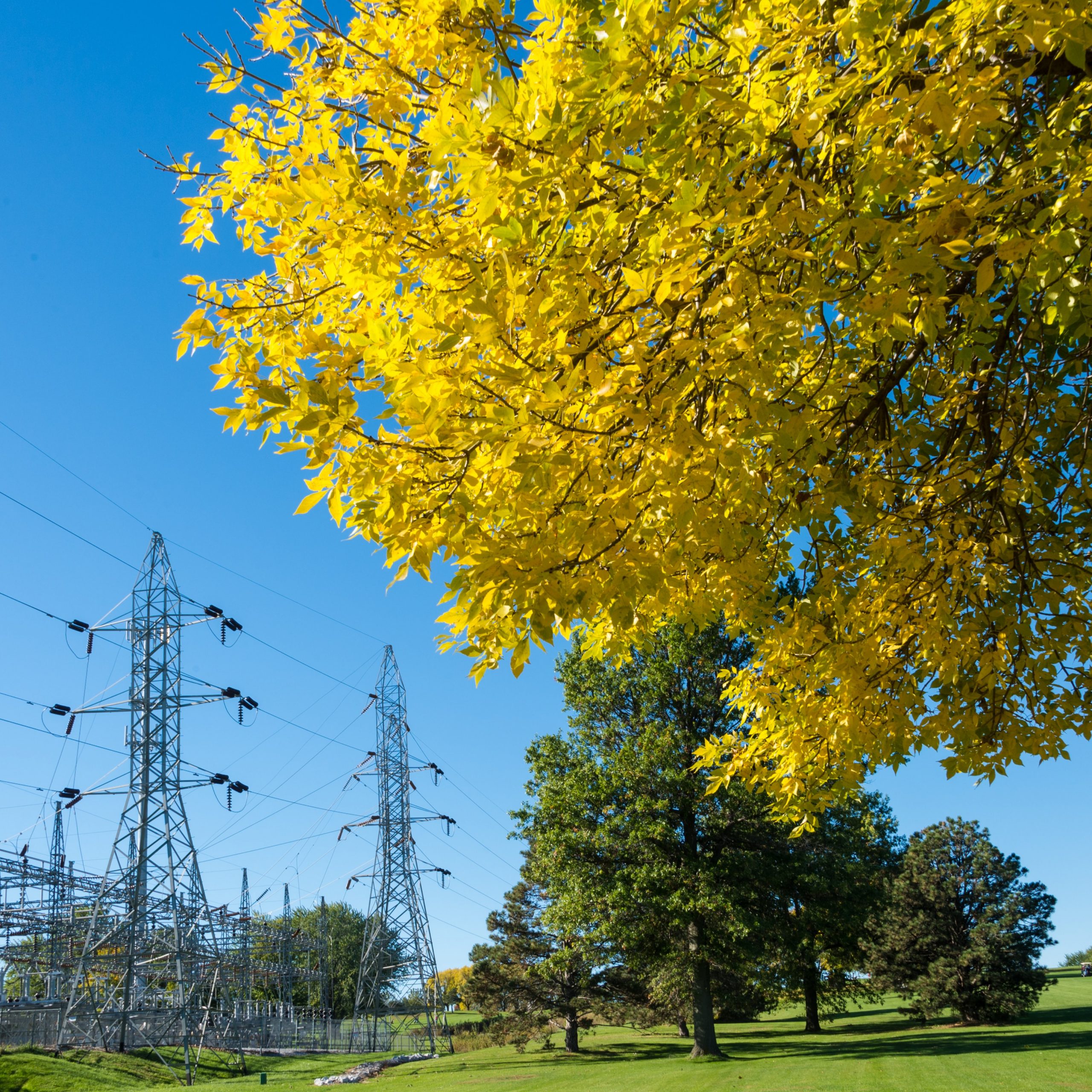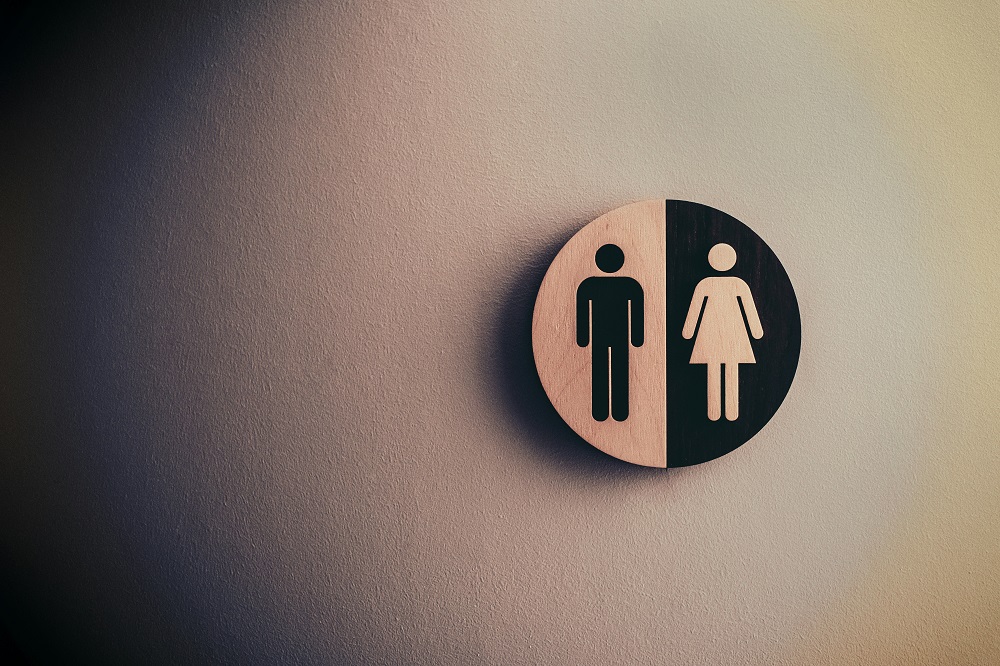But that is okay. In fact, also forget carbon capture, direct air capture, bioenergy, and every other sustainable alternative. According to Stanford’s director of Atmosphere/Energy Program, Mark Jacobson, the US can meet 100% of its energy demand with just solar, wind, and hydropower.
The power of planning… and batteries
Jacobson is a professor of civil and environmental engineering at Stanford University. The roadmap he outlined for meeting 100% of the US’s energy demand with just solar, wind, and hydropower was published in the journal Renewable Energy. However, the roadmap was a revised version of his first, published in 2015. And there are notable improvements.
For example, in the first roadmap, Jacobson proposed that the US could meet peak demands by installing more turbines in hydropower plants. The roadmap also lacks granular data, something the revised version uses to predict heat usage. Instead, Jacobson’s updated roadmap cites batteries as the key to a fully clean future. Adding turbines to the grid, he reasons, is impractical and politically challenging.
Read more: 8 Million More: Fighting Climate Change Will Increase Energy Jobs by 50%, Study Finds
Jacobson is not the first person to back batteries. Tesla and Google are among other prominent technology players who have cited ultra-long-duration batteries as the key to a fully clean, stable energy grid. Because generating clean energy is not the challenge; generating it stably is.
By stability, Tesla, Google, and Jacobson refer to a supply of energy even when the sun is not shining, or the wind is not blowing, or when rivers are dry. Blackouts are the biggest hindrance to going green, something that rarely affects coal-powered grids.
According to Jacobson and his team’s analysis, 4-hour batteries can compensate for renewable energy’s inconsistency, making for a sustainable grid that is both reliable and stable. For over four hours of charge, multiple batteries can be stacked together. However, the goal remains to invent batteries that can hold their charge for days. Perhaps months. In fact, many startups have already taken up the challenge, betting big on the future.
Read more: Australia’s New Renewable Record and What’s Next for Solar in 2022
Besides batteries, the analysis cites optimized use of renewable energy as a means to reach the milestone. If the wind does not blow in Region A, energy can be drawn from Region B, where it does. On many occasions, wind and solar power are indeed complementary. We need to innovate to make the transition smooth and minimally wasteful.
Unlike the traditional solution to meet 100% of the US’s energy demand, Jacobson’s roadmap does not require the use of every energy alternative, but only three. What that means is, if the simulations turn out to be correct, we do not have to spend millions on things like nuclear reactors.
However, the solution is incomplete.
Emissions vs. footprint
How can just solar, wind, and hydropower fulfill 100?mand? Jacobson’s team ran simulations to find out.
The simulations were built on three kinds of models. The first model predicted energy usage in each sector in each state in 2050. It then predicted how that energy could be divided up among solar, wind, and hydropower. The second model predicted the outcome of solar, wind, and hydropower fields in each state. The task was intense and required a supercomputer. The third model combined the first two models, in a way. It matched the weather prediction with the energy demand.
The team ran simulations for the 4-hour battery roadmap for every state. Here is, for example, the energy breakup for California.
The data is hopeful, but it paints an incomplete picture.
First, why exclude other alternatives? Jacobson cites air pollution and high cost as primary reasons. The professor has been critical of ‘technocrats’ like Bill Gates, accusing their efforts of being financially motivated. The argument is valid: Bill Gates has invested millions in his advanced nuclear reactor company TerraPower, which is expected to build a reactor by 2028. However, Gates has countered that reducing the 51 billion number to zero will be impossible without technological innovation—wherever possible.
Read more: The 7 Biggest Technology Trends In 2022
Second, what about pandemics? Specifically, what about events that affect the global supply chain? Thanks to the recent supply crunch, the US solar industry is expected to grow 25% slower in 2022 than previously forecasted (Solar Energy Industries Association and Wood Mackenzie). Installation costs rose across every major solar segment—utility, commercial, and residential. For the first two, the year-over-year rise was the highest since 2014.
Read more: “Losses of $210 Billion”: How the Supply Crunch Gripped the World
And third, replacing non-renewable energy with renewable energy is not enough. If we want to reduce the number to zero, we must aim to reduce emissions across the supply chain. A solar panel is great for the environment, but what about how its materials are mined? Do the machines involved run on clean energy? Was their construction eco-friendly? What about shipping? What about the employees? Are their vehicles powered by clean energy?
Read more: Top ESG Investing Trends to Watch Out for in 2022
Still, the analysis makes us optimistic. It shows that the transition could be easier than we think. What we lack is initiative.
With offices in New York, Austin, Seattle, London, Zurich, Pune, and Hyderabad, SG Analytics is a leading research and analytics company that provides tailor-made insights to enterprises worldwide. If you want to make critical data-driven decisions that enable accelerated growth and breakthrough performance, contact us today.









